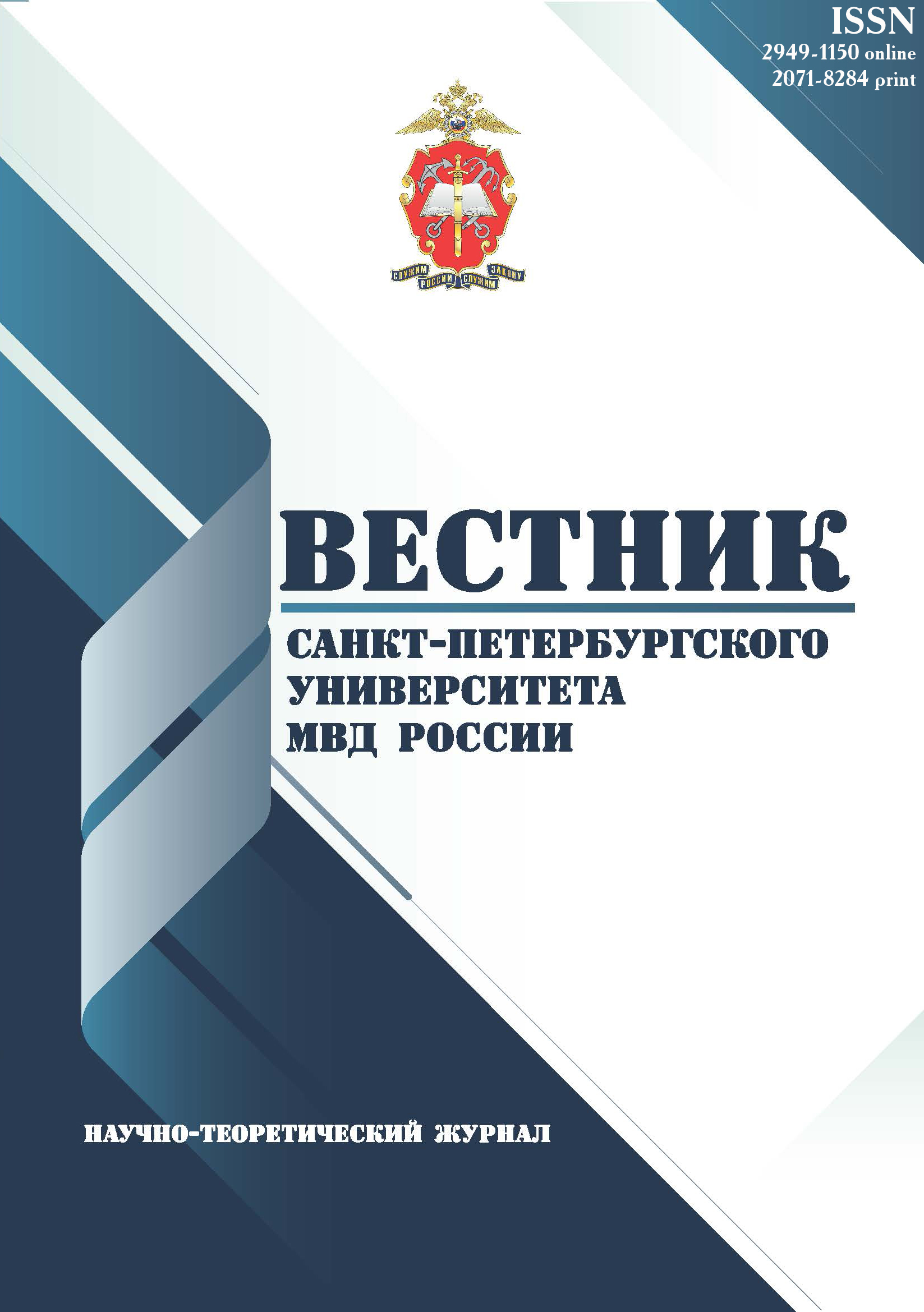Russian Federation
UDC 34
CSCSTI 10.85
In the context of historical analysis the present-day state of scientific knowledge and practice of forensic processing of fingerprints formed under the negative objects properties or the action of environmental factors is considered. It is noted that today there is no uniform scientific and methodological pproach to the forensic processing of fingerprints on objects with criminally significant signs in science and practice that are particular demonstrations of their properties due to the special condition of the surface (oiliness, increased adhesion, etc.) or the action of environmental factors. Such complicated cases of the fingerprints formation, according to the author, require accounting of a larger number of circumstances taken into account in the detection and forensic study of these fingerprints. As part of the solution to this problem, modernization of the existing concept of fingerprints forensic processing is proposed, which will promote the theory and practice of dactyloscopy and fingerprint forensic examination in accordance with the modern state of scientific and technological progress.
fingerprints, dactyloscopic examination, technical forensic means and methods, negative properties of objects, the action of environmental factors
1. Kuznecov P. S. Effektivnyy sposob vyyavleniya sledov ruk s ogranichennym kolichestvom papillyarnyh liniy / Problemy razvitiya kriminalistiki v usloviyah nauchno-tehnicheskogo progressa : mezhvuz. sb. nauch. tr. - Sverdlovsk: Sverdlov. yurid. in-t im. R. A. Rudenko, 1982. - S. 77-80.
2. Anciferov V. K., Kornouhov V. E., Yaroslav Yu. Yu. i dr. Daktiloskopicheskaya ekspertiza: sovremennoe sostoyanie i perspektivy razvitiya. - Krasnoyarsk: Krasnoyarskiy un-t, 1990. - 412 s.
3. Moiseeva T. F. Kompleksnoe kriminalisticheskoe issledovanie potozhirovyh sledov cheloveka. - Moskva: OOO «Gorodec-izdat», 2000. - 224 s.
4. Almog J., Gabay A. A Modified super glue technique - the use of polycyanacrylate for fingerprint development // Journal of Forensic Science. - 1986. - Vol. 31. - № 1. - P. 12-17.
5. Samischenko S. S., Ivashkov V. A. Ispol'zovanie efirov cianakrilovoy kisloty v daktiloskopii // Ekspertnaya praktika. - 1990. - № 29. - S. 59-64.
6. Moiseeva T. F., Haziev Sh. N. DFO - novyy reagent dlya vyyavleniya latentnyh sledov ruk // Ekspertnaya praktika i novye metody issledovaniya. - 1993. - Vyp. 7. - S. 11-14.
7. Bleay S. M., Sears V. G., Bandey H. L. & oth. Fingerprint Source Book. - UK: Centre for Applied Science and Technology, 2012.
8. Bleay S. M., Croxton R. S., de Puit M. Fingerprint Development Techniques. Theory and Application. - UK: John Wiley & Sons Ltd, 2018.
9. Doncova Yu. A. Himicheskie metody vyyavleniya sledov ruk na poristyh poverhnostyah, ne okazyvayuschie razrushayuschego vozdeystviya na rukopisnye i pechatnye teksty, ottiski pechatey i shtampov, chuvstvitel'nyy soy termobumagi // Ekspertnaya praktika. - 2017. - № 83. - S. 49-63.
10. Doncova Yu. A. Okrashivanie suspenziyami suhih i vodno-kleevyh hudozhestvennyh pigmentov kak metod vyyavleniya sledov ruk na vlazhnyh, maslyanistyh i lipkih poverhnostyah // Kriminalisticheskie sredstva i metody v raskrytii i rassledovanii prestupleniy : sbornik materialov VII Vserossiyskoy nauchno-prakticheskoy konferencii. - Moskva: EKC MVD Rossii, 2019. - S. 107-113.














